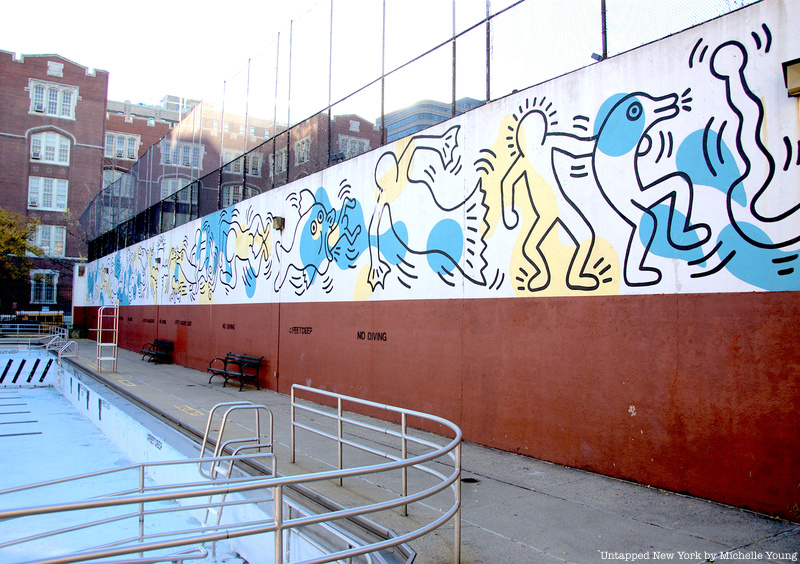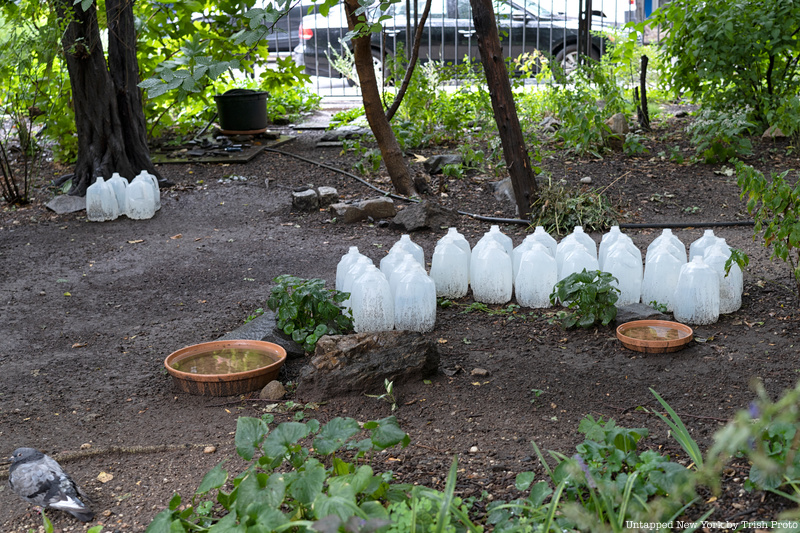
New York City is bursting with colorful displays of public art: the Metronome in Union Square, the Prometheus sculpture in Rockefeller Center, and the playful Alice in Wonderland statue in Central Park. Whether it is a permanent monument or an immersive pop-up installation, New York’s public art enhances the quality of life for residents and tourists alike, adding a touch of wonder, whimsy or beauty to an ordinary commute. Public art can also serve as a monument to bygone times, surprise or entertain viewers, or prompt passersby to ponder a provocative social or political issue. Beyond the iconic, however, New York is also home to a wide range of hidden art installations that reward those lucky enough to spot them. Whether they’re well-kept secrets among longtime residents or reveal themselves only to the most observant passersby, these 10 hidden displays of public art delight and entertain New Yorkers every day.
1. Alan Sonfist’s Time Landscape (1965)

Nestled into a fenced-in plot on the corner of LaGuardia Place and West Houston is an unexpected remnant of New York’s botanical history. At first glance, the overgrown green space might appear to be an ordinary city garden or vacant lot. But the 1,000 square foot plot is more than a patch of wild space — it’s a piece of living art installed in 1965 by Land Artist Alan Sonfist who called itTime Landscape. The work transposes a slice of Manhattan to its pre-colonial past, representing the indigenous forest that would have flourished long before the area was settled by the Lenape and European immigrants.
Sonfist’s recreation of the old-growth forest is a window into the past, featuring a grove of beech trees transplanted from saplings in the Bronx and a forest of red cedar, black cherry, and witch hazel. The northern patch of land is a mature woodland dominated by oak trees, white ash, and American elm, which have grown from the saplings Sonfist planted 57 years ago. Virginia creeper, milkweed, aster, and pokeweed cover the ground, providing a haven for local wildlife as well as a glimpse into Manhattan’s forested past. Land Artists hoped to change the landscape of public art by unexpectedly transposing nature into urban space, an early example of ecological activism. Agnes Denes’s Wheatfield — A Confrontation (1982), for which the artist planted a 2-acre wheat field on a landfill in Battery Park, is another example of an unexpected encounter with the wilderness on the streets of New York.





